| Cat. No. | Product Name | Field of Application | Chemical Structure |
|---|---|---|---|
| DCJ-059 | Inosine | >98%,Standard References |
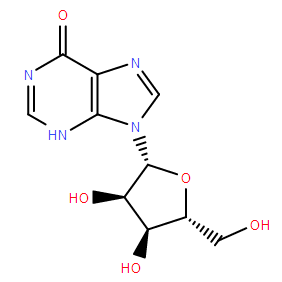
|
| DCH-024 | cis-Anethol | >98%,Standard References |

|
| DCF-022 | 4-(4-Hydroxyphenyl)-2-butanone | >98%,Standard References |

|
| DCY-147 | Isoeugenol | >98%,Standard References |

|
| DCD-064 | Eugenol | >98%,Standard References |

|
| DCZ-272 | Isopropyl 4-Hydroxybenzoate | >98%,Standard References |
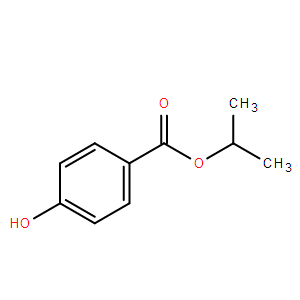
|
| DCN-003 | Propylparaben | >98%,Standard References |
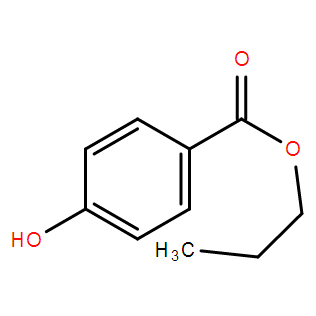
|
| DCB-027 | Cantharidin | >98%,Standard References |

|
| DCX-067 | 2,4,5-Trimethoxybenzaldehyde | >98%,Standard References |

|
| DCS-021 | Gallic acid trimethyl ether | >98%,Standard References |

|
| DCB-003 | 2-Hydroxyadenosine | >98%,Standard References |

|
| DCN-021 | Guanosine | >98%,Standard References |

|
| DCD-037 | 4-Isopropyltoluene | >98%,Standard References |
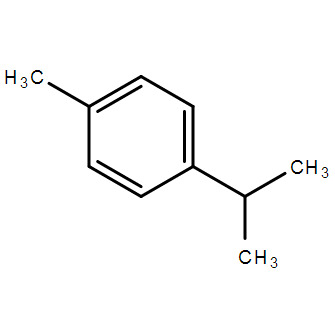
|
| DCK-012 | S-(-)-Carbidopa | >98%,Standard References |

|
| DCZ-126 | Thymidine | >98%,Standard References |
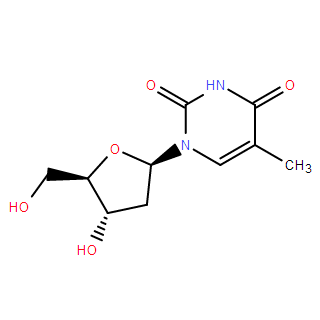
|
| DCZ-057 | Perillene | Perillene is a component of the essential oil, has antibacterial and antitumor effects. |
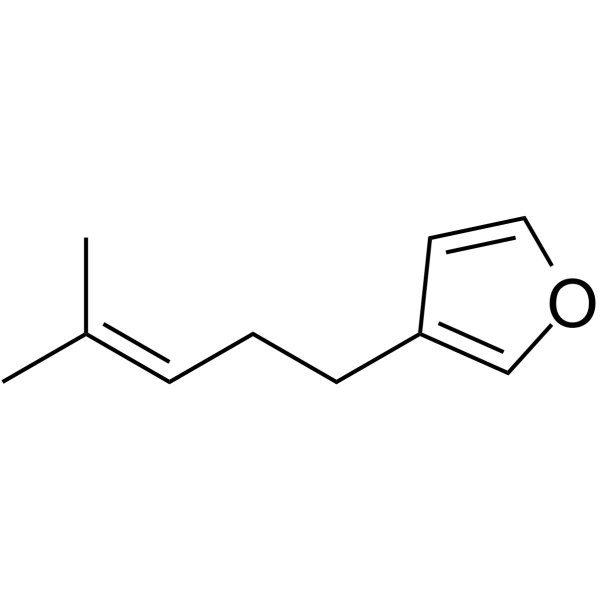
|
| DCZ-013 | l-Perillaldehyde | >98%,Standard References |

|
| DCX-048 | 5-Isopropyl-2-methylphenol | >98%,Standard References |

|
| DCJ-021 | 2-Adamantanone | >98%,Standard References |
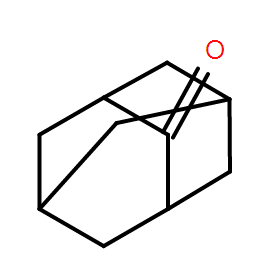
|
| DCS-081 | Thymol | >98%,Standard References |

|
| DCX-017 | Thymopentin | >98%,Standard References |

|
| DCZ-012 | Perillartine | >98%,Standard References |
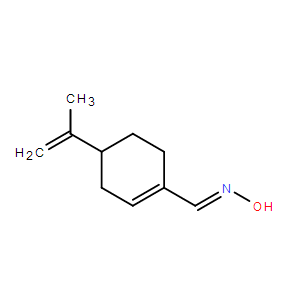
|
| DCD-033 | Hordenine | >98%,Standard References |

|
| DCJ-016 | Adamantane | >98%,Standard References |

|
| DCN-011 | Cinene | >98%,Standard References |

|
| DCP-011 | α-Pinene | >98%,Standard References |

|
| DCP-014 | beta-Pinene | >98%,Standard References |

|
| DCY-042 | Ephedrine hydrochloride | >98%,Standard References |

|
| DCH-053 | Sinigrin | >98%,Standard References |
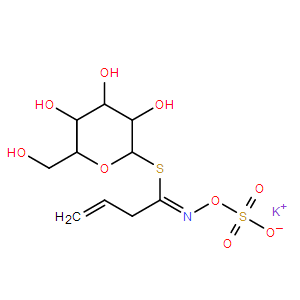
|
| DCZ-121 | Vitamin B6 | >98%,Standard References |
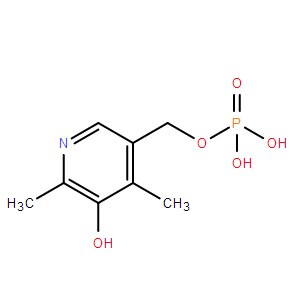
|